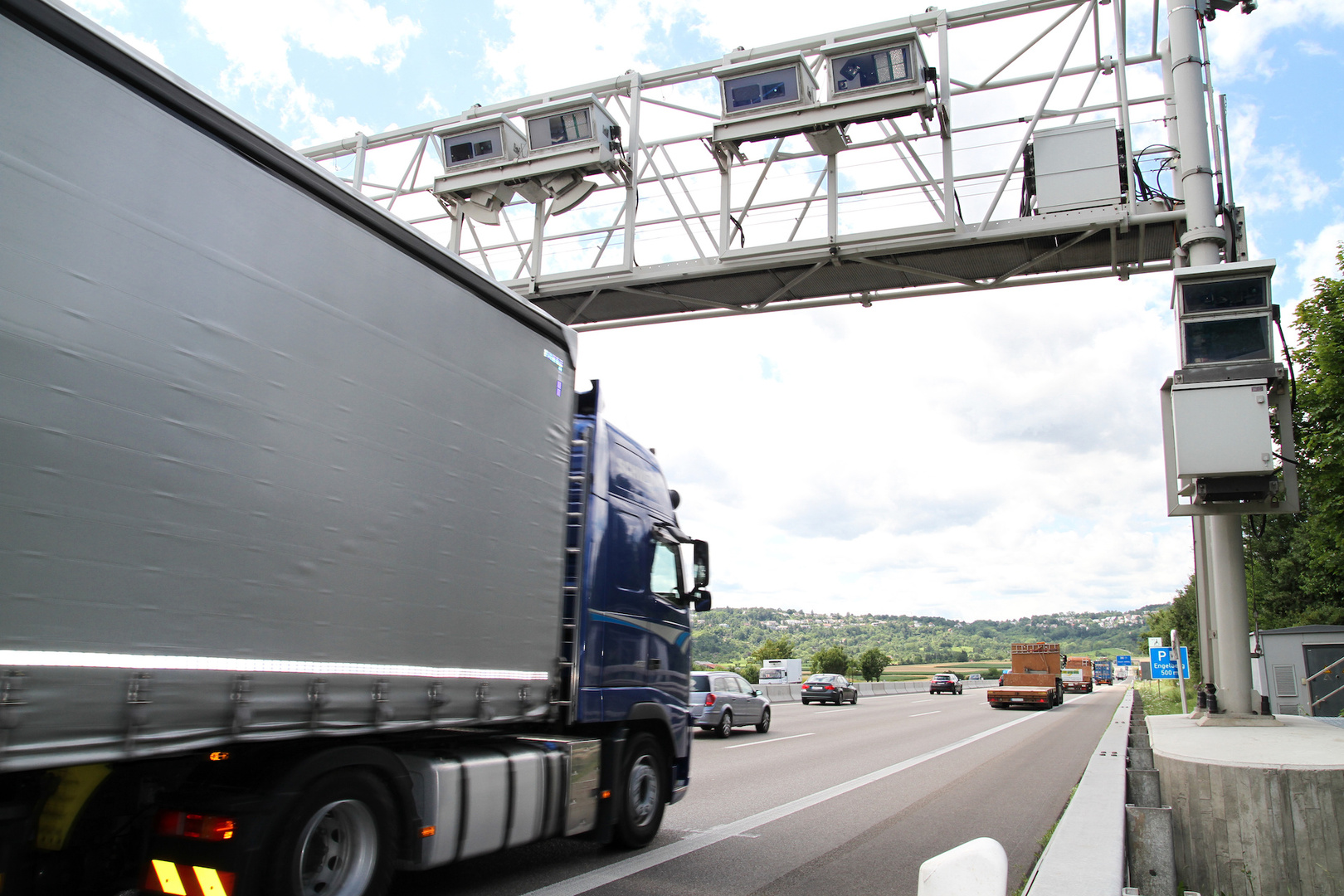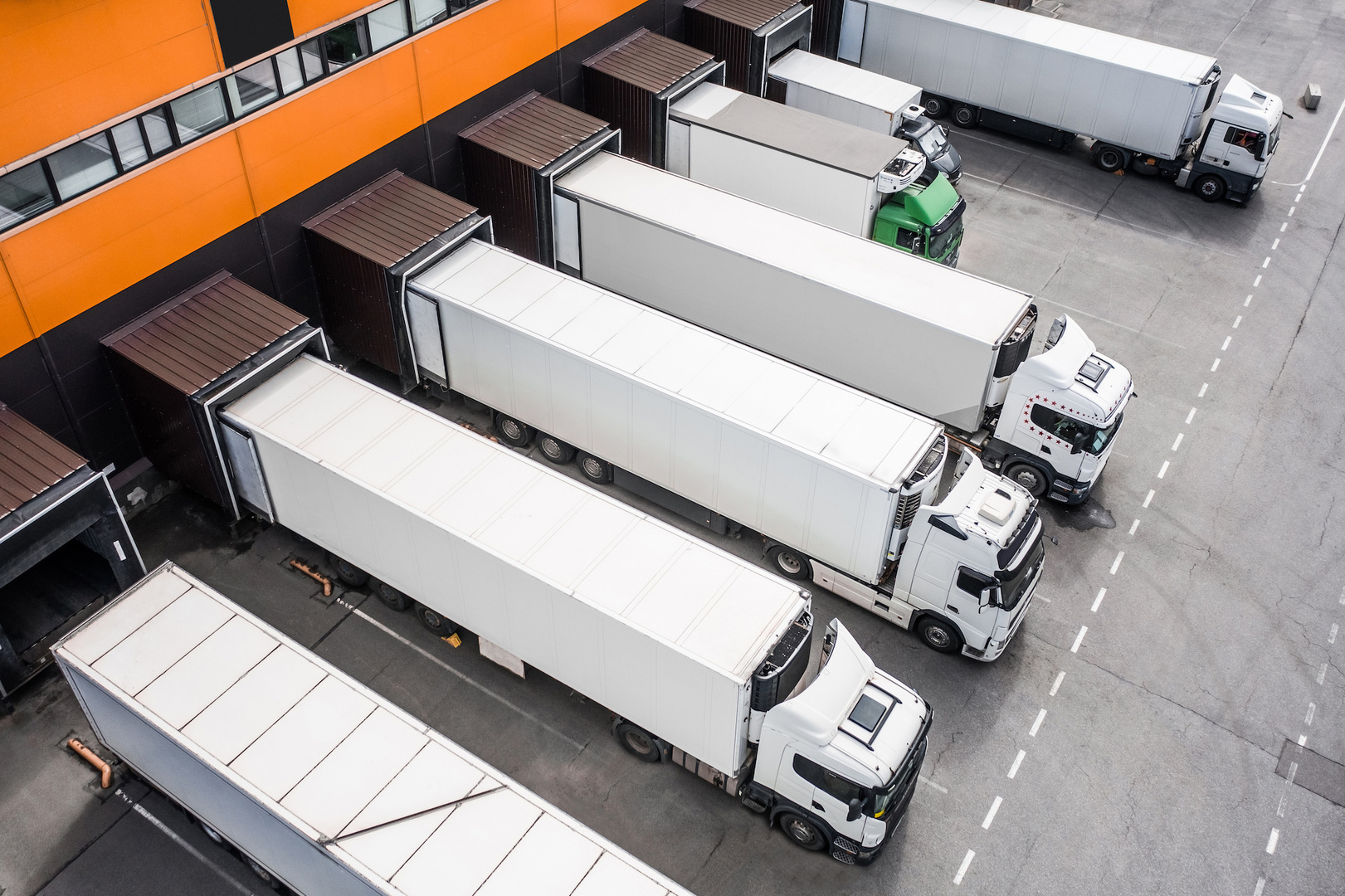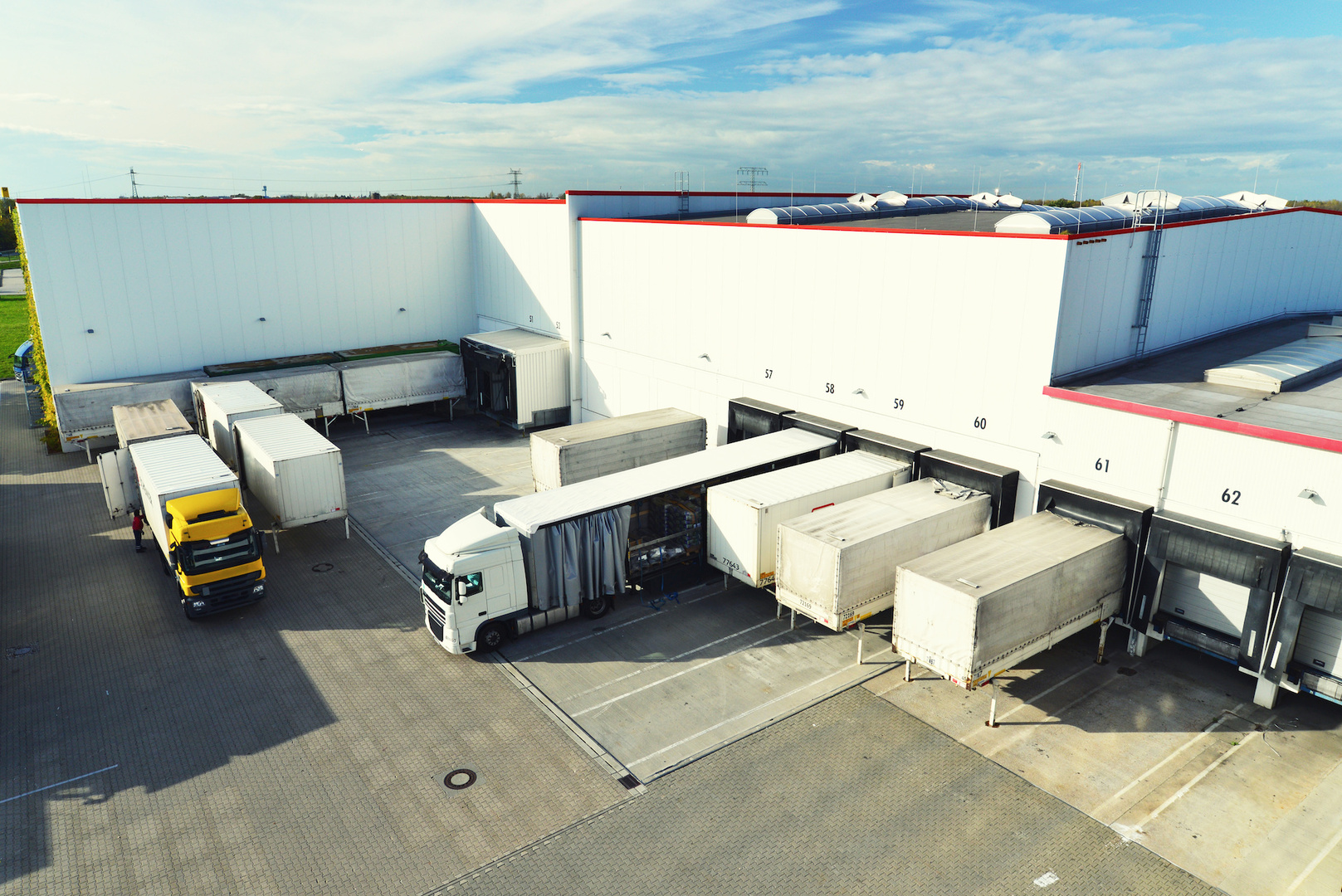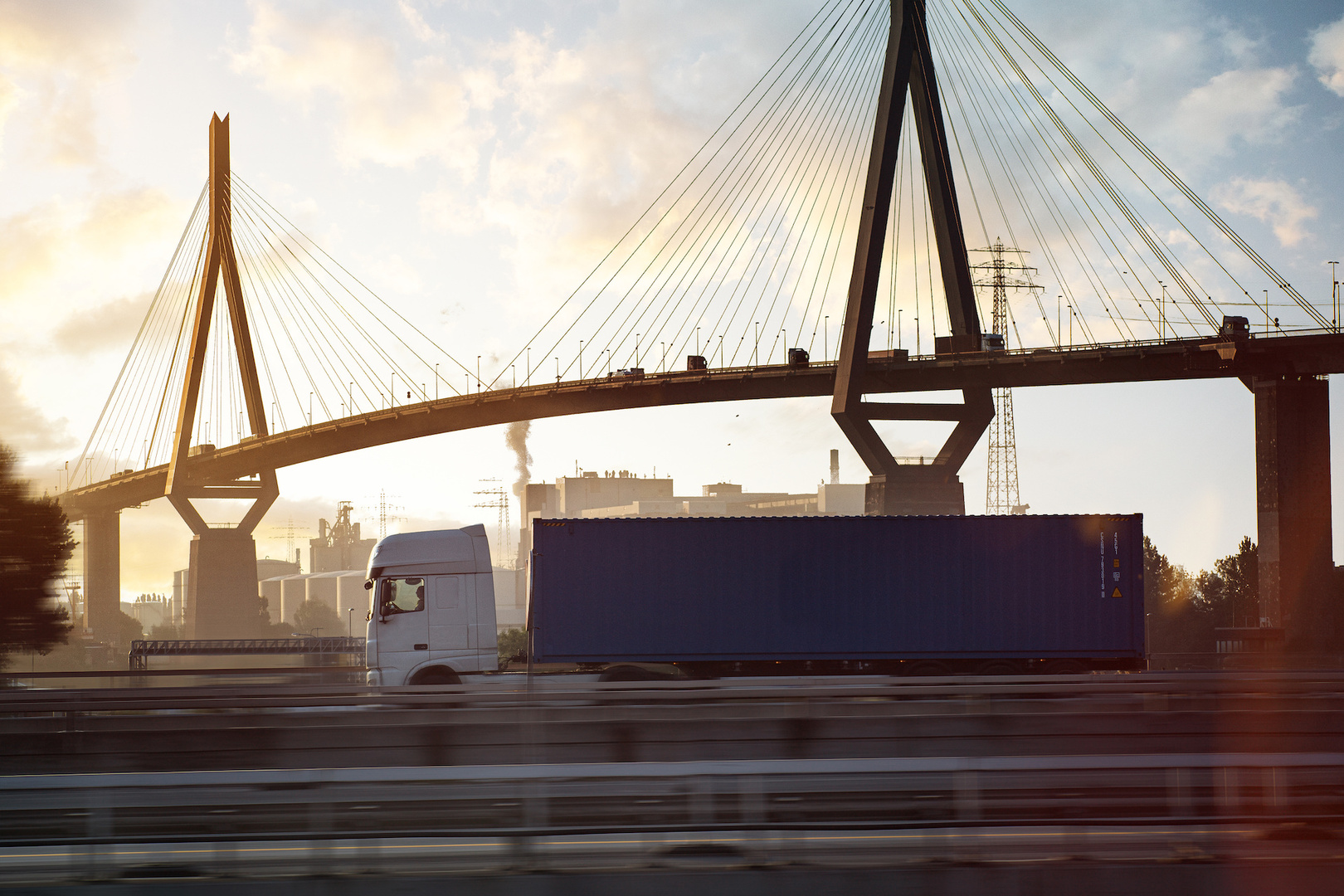In part 2, we continue our glossary with the most important technical terms from the world of international logistics and transportation. In this overview, we will explain what is behind internationally used abbreviations and what is meant by the numerous technical terms.
KABOTAGE
The term “cabotage” has two meanings:
- On the one hand, cabotage refers to transportation services provided by a foreign transport company in another country.
- On the other hand, the term is often used for the right of foreign companies to provide such services.
Linguistically, the word has its origins in French and is derived from “caboter”. This means something like “to sail from port to port”. The term originates from coastal shipping and in this context means sailing from cape to cape along the coast. Today, it refers to transportation between two locations in the same country that is carried out by a transport company registered in another country.
The freedom from cabotage makes it possible to handle transports more economically and environmentally friendly. This is because as soon as a means of transport has delivered its load, it can be loaded again for a return transport – and therefore does not have to return empty to its starting point. However, in both cases – outward and return transport – the transport does not begin and end in the transport company’s home country.
Within the EU, there is a formal distinction between small and large cabotage:
- Small-scale cabotage is defined as transportation by a foreign company within an EU member state.
- A large cabotage operation describes the transportation of a third-country company between two EU states.
Cabotage bans, which are intended to protect the domestic logistics sector from foreign competition, have now been greatly relaxed within the EU. Nevertheless, restrictions on cabotage still apply, particularly in land transport: after a cross-border transport to Germany and unloading of the freight, up to three cabotage journeys are permitted within a period of seven days. If this period is exceeded or more journeys are made, fines may be imposed.
LTL
The abbreviation LTL stands for “Less Than Truck Load”, i.e. a partial truck load. This means that, in contrast to FTL (“Full Truck Load”), only part of the loading area of a truck is utilized.
Part loads are interesting for retailers because they allow them to ship their goods more flexibly. LTL also helps them to optimize the use of warehouse space. From the perspective of logistics companies, however, the transportation of part loads poses a number of challenges:
- Booking and planning (several) partial loads involves greater effort – both in terms of time and money.
Different loaders, addressees and time slots for loading and unloading need to be optimally coordinated in order to avoid time losses. This includes, for example, placing the various orders on one route wherever possible.
- Compared to FTL transports, logistics companies have to factor in more time: for additional loading processes, for example, or for longer distances. As a result, the trucks are often on the road for longer and are not available than would be the case with a full load.

MAUT
The toll is a charge for the use of roads, tunnels or bridges. It can be levied according to various models:
- An access-related toll authorizes the use of certain roads or areas. It is usually limited in time and does not take into account the actual use of the roads.
- The amount of the usage-based toll, on the other hand, is based on actual usage.
- Other alternatives are toll collection based on the distance traveled or the time spent in the toll area.
Depending on who is responsible for providing the infrastructure, toll systems are operated either by the state or by the private sector.
In Germany, a highway toll for trucks was introduced in 2005 and its scope has been continuously adapted since then. The changes include the lowering of the toll limit to 7.5 t gross vehicle weight (2012) and the extension of the toll obligation to all federal highways (2018).
The basis for calculating the German truck toll is made up of various factors: In addition to the distance traveled (infrastructure costs), an additional toll rate per kilometer is charged for air pollution as well as a surcharge per kilometer for noise pollution.
While the toll rate for the air pollution caused depends on the truck’s emission class, the share for infrastructure costs is differentiated according to the number of axles. The toll is collected automatically via satellite transmission with the help of an onboard unit in the vehicle. This transmits the truck’s journey data to the Toll Collect data center in encrypted form and with a time delay.
FOLLOW-UP
The last part of the multi-stage transport chain is referred to as the onward carriage:
- The first part is the pre-carriage, in which the goods to be transported are brought from the consignor to the main means of transportation.
- At the end of the main run , a freight forwarder takes over the goods and their transportation to the final recipient’s destination.
In many cases, trucks are used for onward carriage. It is also possible to make the final delivery by train or ship. However, the prerequisite for this is that the recipients are connected to the respective infrastructure network. This means that they must have their own train station or port.
The simplest form of onward carriage is the handling of a full load. The last mile, however, usually involves groupage shipments. The goods are delivered to their recipients one after the other. Precise route planning and loading space optimization are decisive factors here in order to be able to carry out the onward carriage efficiently – the requirements in this respect are very high, especially for e-commerce.
It may be necessary to adjust the on-carriage at short notice, for example if there are delays on the recipient side or during the main run.

OUTSOURCING
Outsourcing is a common method in which tasks, processes and even entire company divisions are outsourced to external service providers. This often concerns tasks that are not part of the company’s core competence. Under such circumstances, it is usually more efficient and cost-effective to use specialized service providers.
In the logistics sector, it is common practice to outsource tasks ranging from storage to transportation to logistics companies and freight forwarders. By specializing service providers – for example in complex machine transports – the outsourcing companies gain on various levels:
- Special know-how and the corresponding technical equipment (e.g. special industrial trucks for transporting entire machines) ensure that the service providers can carry out the tasks involved more reliably.
- At the same time, this also makes processing more efficient – which in turn can reduce costs.
- It is also cheaper for many companies to use personnel, skills and equipment from service providers than to have to create these resources internally.
PALETTE
Pallets are used for the storage or bundled transportation of heavy, stackable goods. Their simple design allows them to be easily lifted, picked up and moved with pallet trucks or other industrial trucks – not least because pallets can be picked up from four sides.
Industrial pallets measure 1,200 x 1,000 mm, while Euro pallets are slightly smaller at 1,200 x 800 mm. The versatility of pallets is partly due to the fact that they are available in different variants:
- Disposable or reusable: While some pallets are only intended for single use and then have to be disposed of, there are alternative reusable pallets. These are more robust and can be repaired if necessary.
- Variety of materials: Classic Euro pallets are usually made from softwood, which is why they require special treatment and labeling. Plastic pallets are often used in the hygiene and food industry as they are weather-resistant and, above all, easier to clean. Pallets made of corrugated cardboard are a cost-effective alternative for light goods. Here, however, compromises must be made with regard to weather resistance.

ROLL CARD
There are various other names for the roll card, such as bordero or freight card. All of these terms refer to an accompanying document for the transportation of groupage goods.
The consignment note contains all important information regarding the load: from data on the entire load (e.g. total weight, total number of pallets) to detailed information on the individual consignments. This means that the sender, recipient, goods description and specifications for handling the individual consignments during transportation are also noted on the roll card.
The consignment note therefore serves as a document of proof for the consignments of the groupage transport. For this reason, the recipient must also confirm on it that the delivery is complete and in perfect condition. If there are any damages or shortages, these must be checked before countersigning.
HEAVY WEALTH
In the case of heavy goods transports, the dimensions and/or weight of the freight deviate from the road traffic regulations. Because this causes excessive road use – for example, due to the load and wear on road surfaces or the disruption of traffic – they are only possible with special permits.
The use of escort vehicles or supervision by the police may also be necessary. In addition, time restrictions apply to large and heavy transports in order to minimize the disruption to traffic:
- Large-capacity transports, for example, may not be carried out during vacation periods and are generally only permitted at night.
- Heavy goods transports may also take place on weekdays between 9 am and 3 pm.
The necessary permits can be applied for via the VEMAGS system (procedure management for oversized and heavy goods transports) from the responsible authorities (public order offices, district offices, etc.). However, the system is not yet mandatory, so not all authorities are connected to it. For transports across federal state borders, the authorities of all states through which the transport passes must be contacted.
There are four different types of heavy transport:
- Large-capacity transports include freight with particularly large dimensions (silos, tanks, etc.)
- In the case of heavy loads, the weight of the freight is exceptional (e.g. concrete beams, machines, etc.).
- Large-capacity and heavy-duty transports handle freight with expansive dimensions and great weight (e.g. turbines, transformers, etc.).
- Long transports are used to move goods of particular length, such as the blades of wind turbines.

CARRYING CAPACITY
The load capacity indicates the maximum permissible load of a hoist, crane or load handling attachment when used as intended (i.e. taking into account the type and nature of the load, the ambient conditions, etc.). The load capacity data comes from the manufacturer and does not take dynamic forces such as acceleration into account.
The term working load is also used synonymously, and sometimes the abbreviation WLL for “Working Load Limit” can also be found.
IMPACT
Transshipment refers to the transfer of freight between two means of transportation. For example, when a container is loaded from a train onto a truck, this is referred to as transshipment. Together with storage and transportation, it is one of the three main processes in logistics.
Transhipments are handled manually, mechanically or automatically, depending on the handling equipment used. Automated gantry cranes are usually used for containers, while pallets tend to be handled manually using forklift trucks or pallet trucks.
VALUE ADDED SERVICES
In logistics, Value Added Services (VAS) are services that go beyond the usual tasks such as transportation or storage. For customers of logistics service providers and freight forwarders, this means real added value, as transport companies can offer them comprehensive logistics solutions along the entire transport chain with VAS.
There are basically two types of value-added services: product-oriented and process-oriented services. The possible product-oriented VAS include
- Assembly and/or disassembly work,
- Repairs,
- Packing and repacking,
- Product refinements and
- Quality control.
In the process-oriented segment, VAS can take on tasks such as
- Order picking,
- Packaging,
- Labeling,
- Returns management,
- Customs clearance or
- Shelf service

CHANGE BRIDGE
The terms swap body, swap container, swap platform or swap body refer to an interchangeable load carrier, similar to a container. Swap bodies are mainly used in intermodal road and rail transport because they can be quickly and safely transferred from road to rail.
A major advantage of these special load carriers is that they can be driven under with another carrier vehicle or handled with a crane (special gripping edges are required for this). In addition, the swap bodies can be used in a variety of ways thanks to the different body variants. They are available with a box body, tarpaulin, roller shutter or hinged doors. As they can be parked on supports, swap bodies also do not require a truck for a secure stand.
A distinction is made between different container classes for swap bodies:
- C containers are the classic variant with support legs, they are usually not stackable.
- A containers are designed for transportation on semi-trailer chassis and do not have support legs. However, with a length of up to 13.6 m, they offer more loading meters.
Unlike ISO containers, swap bodies are standardized to the dimensions of Euro pallets.
Picture credits:
Image 1: Adobe Stock © m.mphoto
Image 2: Adobe Stock © ehrenberg-bilder
Image 3: Adobe Stock © a_medvedkov
Image 4: Adobe Stock © th-photo
Image 5: Adobe Stock © ShDrohnenFly
Image 6: Adobe Stock © industrieblick
